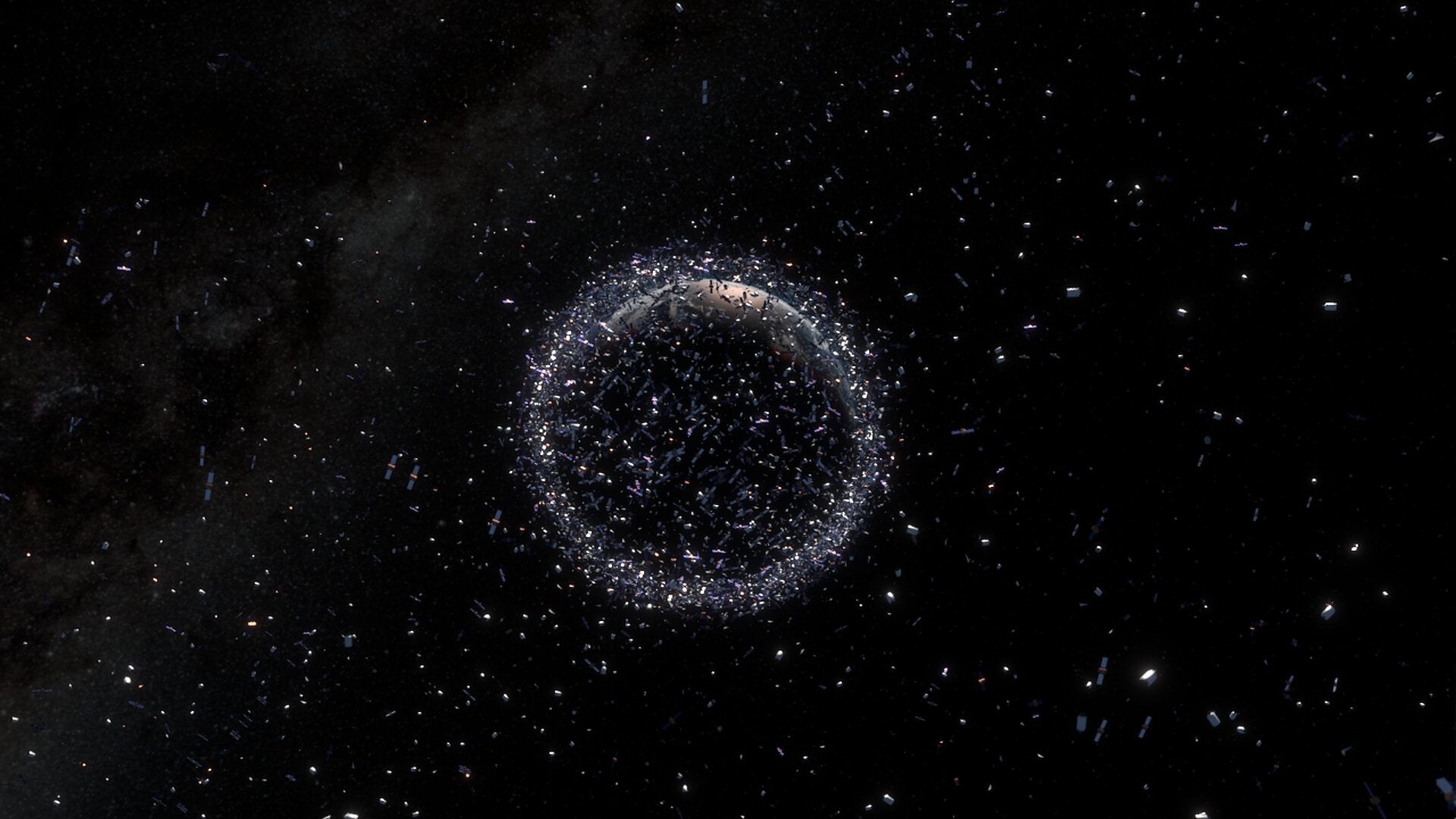Russian space debris that ‘endangered’ ISS keeps almost crashing into Starlink satellites
Debris from the Cosmos 1408 satellite came within 10 metres of Starlink crafts nearly 6,000 times

Your support helps us to tell the story
From reproductive rights to climate change to Big Tech, The Independent is on the ground when the story is developing. Whether it's investigating the financials of Elon Musk's pro-Trump PAC or producing our latest documentary, 'The A Word', which shines a light on the American women fighting for reproductive rights, we know how important it is to parse out the facts from the messaging.
At such a critical moment in US history, we need reporters on the ground. Your donation allows us to keep sending journalists to speak to both sides of the story.
The Independent is trusted by Americans across the entire political spectrum. And unlike many other quality news outlets, we choose not to lock Americans out of our reporting and analysis with paywalls. We believe quality journalism should be available to everyone, paid for by those who can afford it.
Your support makes all the difference.A Russian anti-satellite weapon has caused space debris to nearly crash into Starlink satellites thousands of times.
At a presentation at a Secure World Foundation event Dan Oltrogge, chief scientist at space operations company COMSPOC, said that they had found a “conjunction squall” caused by Russia destroying the Cosmos 1408 in November last year.
After the event, there were over 6,000 close approaches – which is when two objects are within 10 kilometres of each other – involving 841 Starlink satellites. More than 1,500 pieces of debris were generated from the weapon.
The issue was made worse by a new group of Starlink satellites that had launched in July, moving in sun-synchronous orbit with the ASAT debris. Although SpaceX can deal with these problems, it may be more difficult for other satellite constellations.
“If you didn’t have that automated system taking care of a spike like this, it could be really challenging to work it though,” Mr Oltrogge said, and warned that other craft such as the International Space Station could be “at risk”.
The ISS had already had to conduct an avoidance manoeuvre in June to avoid fragments of Cosmos 1408, as the fragments could have passed within about half a mile (0.8km) from the station.
Nasa Administrator Bill Nelson had condemned the anti-satellite weapons test, calling it a “reckless,” “dangerous,” “destabilising” action.
“With its long and storied history in human spaceflight, it is unthinkable that Russia would endanger not only the American and international partner astronauts on the ISS, but also their own cosmonauts,” Mr Nelson said.
There are currently around 25,000 objects of space debris larger than 10 centimetres in size orbiting the planet, and between 600,000 and 900,000 pieces of non-trackable debris that could pose a risk to spacecraft and satellites.
The Pentagon has said that space debris around the planet is so bad that there would still be a “formidable problem” even if international guidelines were set and made legally binding.
“The probability of collision between massive derelict objects in [low-Earth orbit] is rising and almost certainly will continue to rise until at least 2030 as a result of fragmentation events such as collisions or battery explosions, [anti-satellite weapon] testing, and a rapidly increasing number of space launches worldwide”, the Defense Intelligence Agency stated.
Although space debris guidelines were set in 1993 and adopted by the United Nations, countries have generally ignored the responsibility we have to keep the planet free from debris.
An infamous study by Nasa scientist Donald Kessler in 1978 warned that, if two large objects collided, the domino effect caused by the material breaking apart, colliding into other material, and breaking again, could create an impenetrable layer of debris that would make terrestrial space launches impossible.
Join our commenting forum
Join thought-provoking conversations, follow other Independent readers and see their replies
Comments